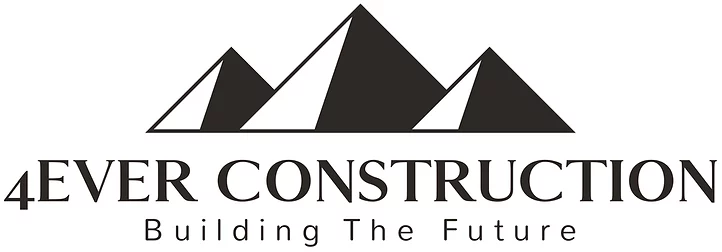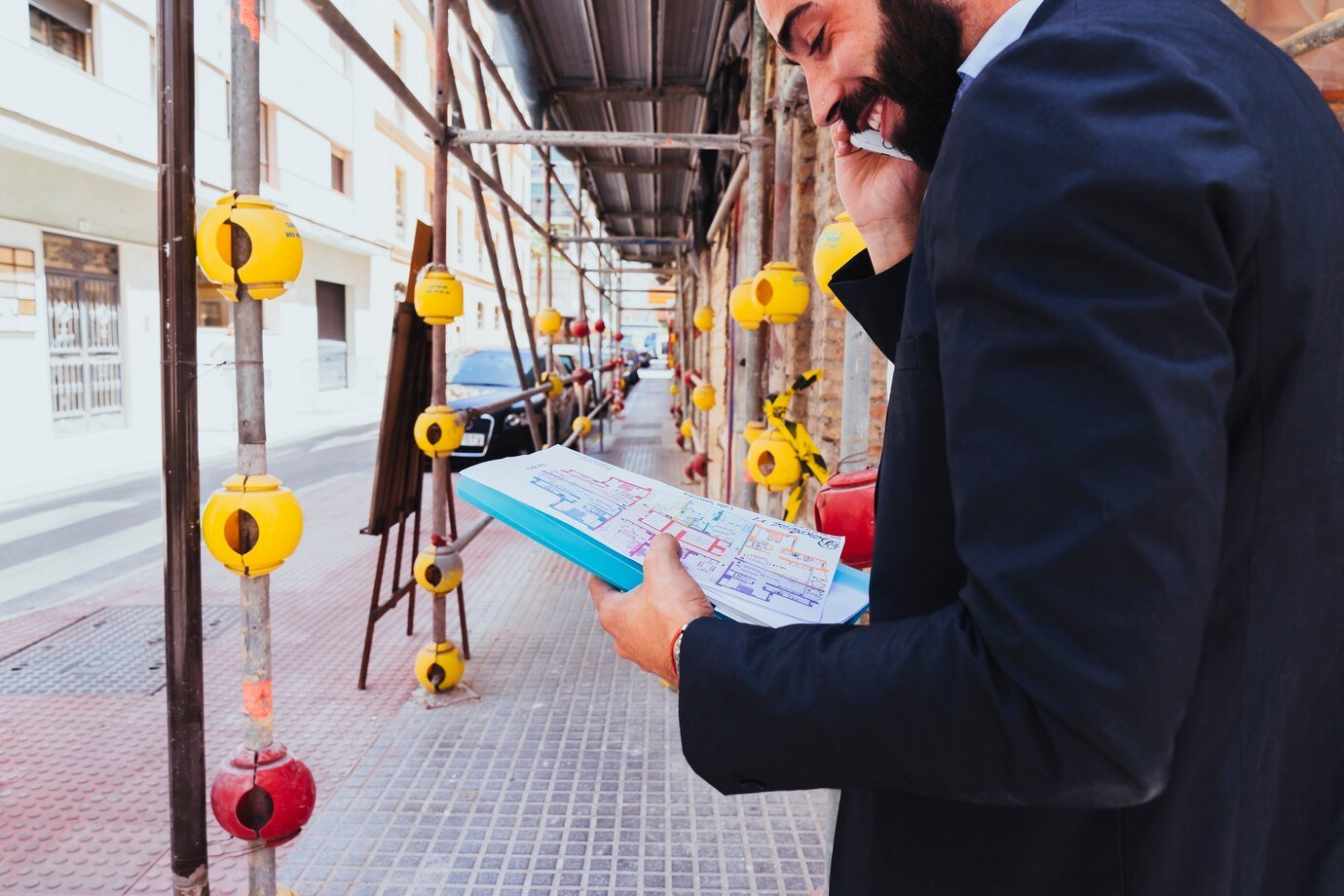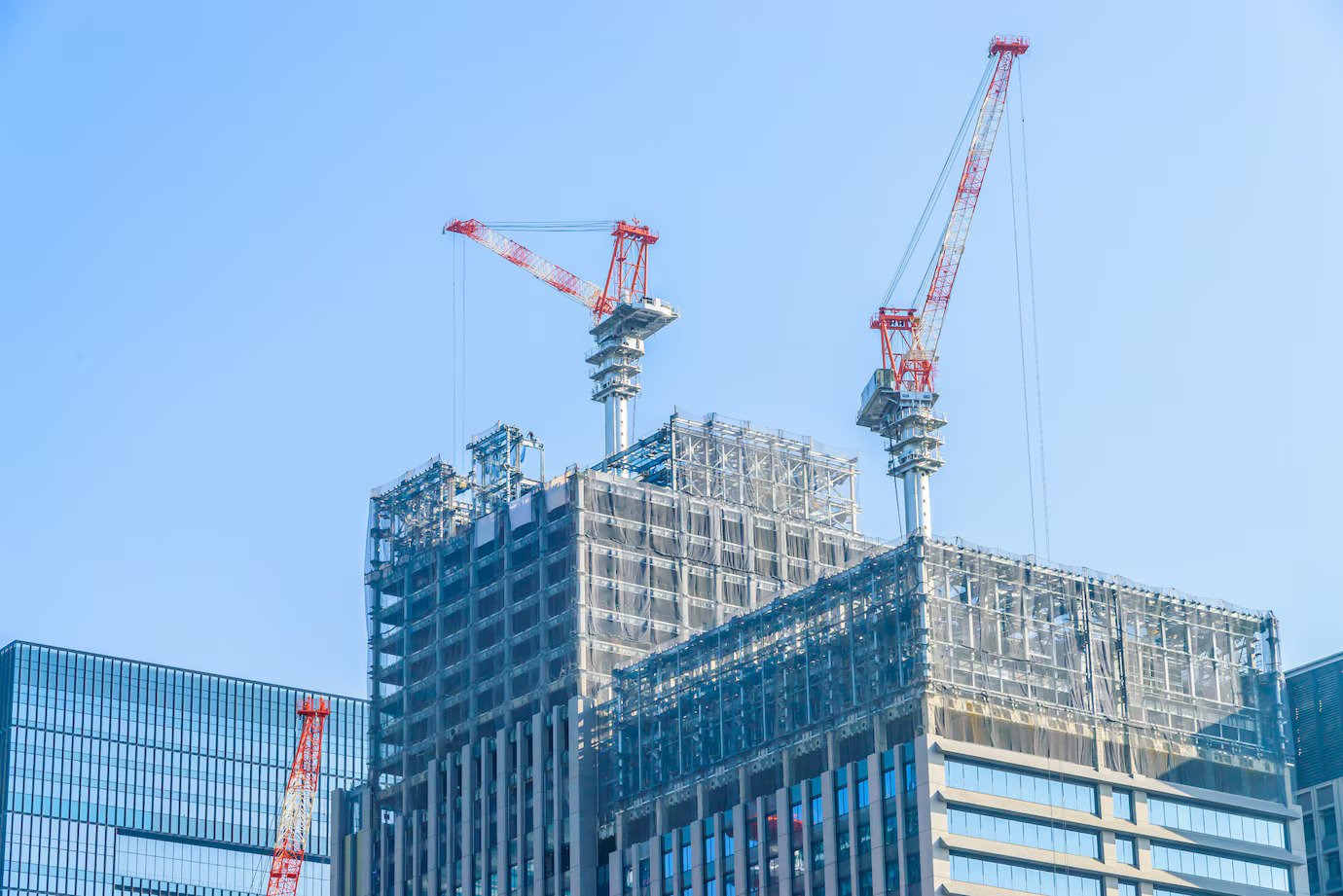Understanding New York City’s Facade Inspection & Safety Program (FISP)
A key law that guarantees the structural soundness of buildings in New York City is the Facade Inspection & Safety Program (FISP), also known as Local Law 11. FISP regulates recurring inspections of structures taller than six stories in order to uphold safety and aesthetic standards. Thus, property owners must be aware of the requirements of Cycle 10, which is scheduled to start on February 21, 2025, in order to remain in compliance and prevent fines.
What Is FISP or Local Law 11 and Why Does It Matter?
FISP is covered in further detail in 1 RCNY 103-04 and is a part of Article 302 of the NYC Administrative Code. Every five years, a Qualified Exterior Wall Inspector (QEWI) is required under the program to critically inspect all exterior walls and appurtenances of structures taller than six stories.
Who Needs to Comply with FISP?
FISP must be followed by all structures taller than six floors. As long as more than half of the partial story’s height is above grade, this includes structures that are six storeys above a basement or partial story. A basement is distinguished from a cellar by having more than half of its height above the ground, whereas a cellar is not considered a story.
How Are Inspections Conducted?
A QEWI, a licensed architect or professional engineer with at least seven years of experience, is required to conduct inspections. The critical analysis includes:
-
Walls are inspected at intervals of no more than sixty feet using scaffold drops or observation platforms.
-
In order to evaluate the state of the wall ties in cavity walls, probes are needed for Cycle 10 and every other cycle after that.
-
The Department of Buildings (DOB) receives thorough observations, photos, and repair suggestions.
What Happens If a Building Is Classified as Unsafe?
The QEWI is required to notify the property owner and the DOB right away if a building is judged dangerous. The owner is in charge of:
-
putting in pavement sheds and other public safety measures.
-
repairing the dangerous situation within ninety days.
-
submitting a revised report when repairs are finished in order to reclassify the building as safe or SWARMP.
If repairs cannot be finished in the first ninety days, extensions can be given; however, they need to be renewed and documented on a regular basis.
How Can Building Owners Prepare for Cycle 10?
Sub-cycle 10A starts first in cycle 10, which runs from February 21, 2025, to February 21, 2030. To prevent being reclassified as dangerous, property owners should take care of the SWARMP conditions noted in Cycle 9 reports prior to starting the new cycle. Thus, simplifying the inspection and repair procedure with the help of knowledgeable QEWIs helps guarantee compliance and reduce liability.
Keep Your Building Safe and Compliant?
Although navigating Facade Inspection & Safety Program (FISP) requirements might be difficult, compliance is possible with the correct knowledge. To evaluate the facade of your building, take care of any necessary repairs, and confidently be ready for Cycle 10, speak with a trained expert like 4ever construction right now. To safeguard your building and the individuals who depend on its security, take immediate action.



